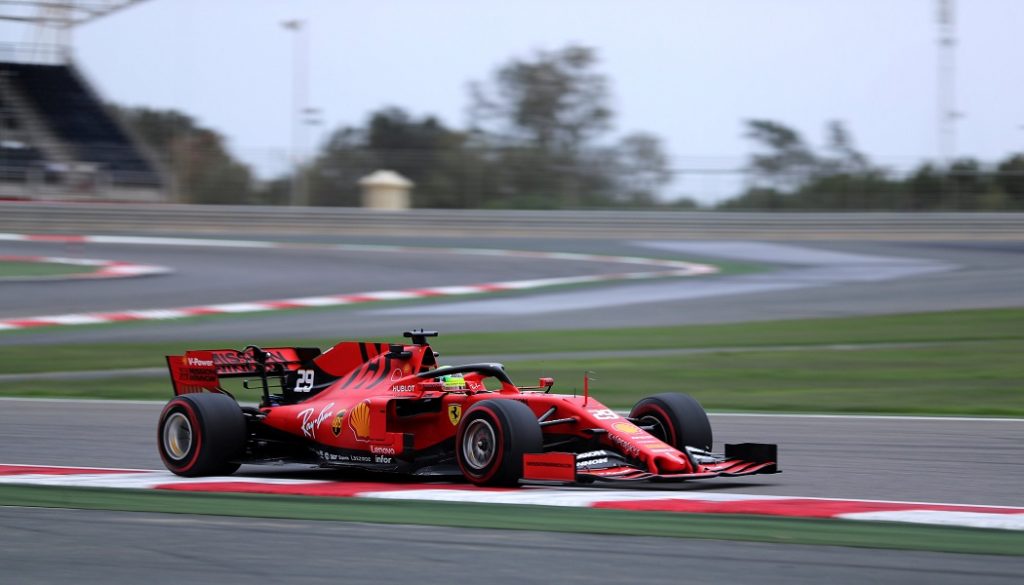Member Insights: How tech progress in sport is out of this world
May 18, 2023
In this Member Insight piece, Cinch’s Content Director David Granger, looks into how tech that is pioneered in sport is going to impacting our every day lives.
Sport and technology have a complex, sometimes symbiotic, sometimes contradictory relationship. From the revelation that Hawkeye brought to tennis in 2006 to the confusion VAR occasionally brings to soccer, tech is there to improve the game, the experience and adherence to the rules. In most cases.
It works both ways. The innovation born from competition has improved all our lives in many ways – sport is not simply a new hobby for Hollywood stars.
Take the inextricable link between racing innovation and the progress of the road cars we drive. That mild-hybrid you plug in each night shares its DNA with KERS (kinetic energy recovery system) which was first run in F1 in 2009. And those fancy gear paddle shifters broke cover in the 1989 F1 season when Ferrari packed a semi-automatic gearbox to allow their drivers to change gear quicker. In the mid-90s, those paddles made it to the open road on the Ferrari F355 and now every high street SUV worth its designer salt has them as standard.
Carbon-fibre, buttons on your steering wheel, active suspension… all started off as ways to make F1 cars faster. Or safer.
And it’s not just the action technology can improve for sport: China managed to hold back the rain in 2008 when it fired silver iodide bullets skywards to disperse rain clouds and prevent the opening ceremony from being a complete wash-out.
Smarter tech is there to improve athlete performance and safety. Helmets used in the NFL contain sensors which can detect any collision and also send concussion data to the physios for evaluation.
Smart clothes mean that kit can now measure heart, breathing and activity as well as weight distribution and posture to assist coaches in extracting every last incremental advantage from their sportspeople.
Not every technical innovation could be considered progress, however. Thankfully the Fanboost in Formula E racing (where fans could improve car performance via an app or social hashtags) was consigned to the dustbin of sporting history this season. There’s a time and place for fan engagement – affecting cars’ performance is not it.
So, what’s next? Well, VR, AR, AI are all going to go from novel acronyms to part of how we compete, regulate and spectate. The enhanced experience is only going to become more enhanced and access to more stats and data, and more perspectives and experiences will escalate in number and opportunity.
The cross-over of real and virtual and sport and gaming is also clearly on a trajectory which is only going one way. (Although arguably nothing will compete or beat with a live experience.)
But perhaps the coolest sports-technology partnership which sport will bring to the world (and beyond) is the launch (sorry…) of the agreement UEFA signed with the European Space Agency (ESA). The proposal is to take what the ESA has learned in space and apply some of those lessons to soccer. (English football manager Brian Clough might be spinning in his grave. He once said: “If God had wanted us to play football in the clouds, he’d have put grass up there.” He was more of a balls played to feet kind of gaffer.)
The UEFA x ESA initiative will look at Pitch Mapping to show where football pitches are located, Crowd Management to demonstrate the movement around stadia, and Sustainability to explore technology which will “advance social and environmental solutions across European football.” Although mostly it’s a chance for decent headline writers to hone their (space)craft: pass it into space, rockets the ball into the back of the net, launched into the box…
The technology which supports sport, its spectators and federations is ever evolving and ever innovative… which brings us to the Sports Technology Awards. This week (or last week for those reading on catch-up) the Sports Technology Awards celebrates its tenth anniversary with a ceremony in New York.
Entries are truly global, from five continents, more than 30 countries and from 50 different sports – all demonstrating tech-led innovation in sports.
The breadth of categories alone is indicative of how far we’ve progressed in the last decade. This year companies have been able to demonstrate ingenious new products and experiences in everything from fan engagement to athlete coaching and from injury prevention to data and analytics.
We’ll do a rundown of the winners and the trends another time, but in the meantime, do check out the shortlist to see who’s shaping the future of our business.


